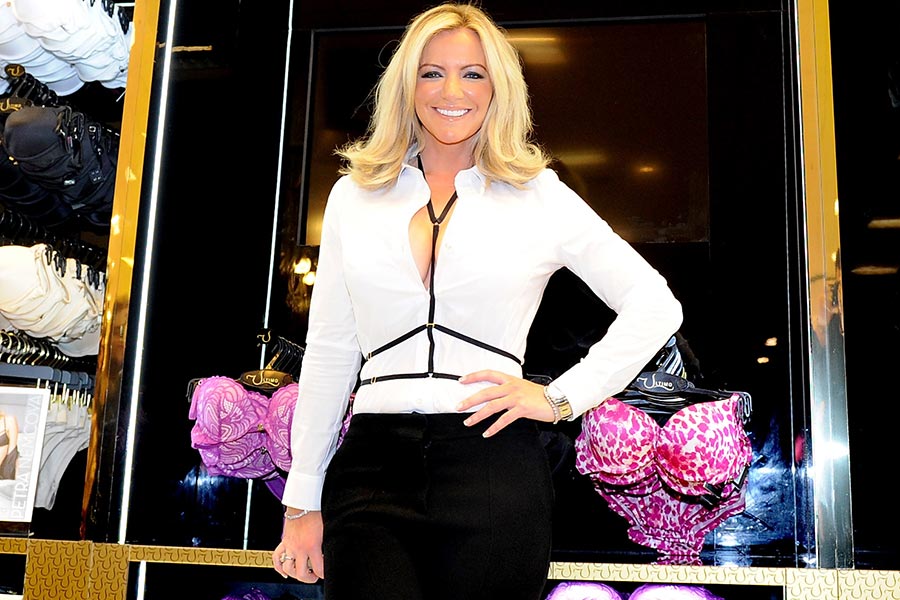The European Central Bank (ECB) has reduced its key interest rate by 0.25 percentage points to 2%, marking the eighth cut since June 2024.
This decision comes as Eurozone inflation fell to 1.9% in May, slightly below the ECB's 2% target, and amid concerns over potential economic impacts from ongoing trade tensions.
The rate cut aims to stimulate economic activity by lowering borrowing costs for consumers and businesses.
However, ECB policymakers remain cautious, with some advocating for a pause in further cuts due to uncertainties surrounding the economic outlook.
In Ireland, the rate reduction is expected to benefit mortgage holders and businesses by easing financing conditions.
Nonetheless, the broader economic environment remains uncertain, particularly in light of recent trade policy developments.
The ECB's decision reflects its commitment to maintaining price stability and supporting economic growth in the Eurozone.
The central bank will continue to monitor economic indicators closely to determine future policy actions.
Joe Nellis, economic adviser to Baker Tilly Ireland, said: “It comes as no surprise that the ECB have cut interest rates for the 8th time in just over a year following the drop in Eurozone inflation to 1.9% earlier this week.
“The deposit rate is now at 2%, the lowest since November 2022, an impressive achievement by ECB President Christine Lagarde and her colleagues at the Bank.
“It sounds like the World Economic Forum has taken note.
“The Bank is now nearing the end of its intense and occasionally fraught rate-cutting journey — we may see one more cut to 1.75% later this year, but then the interest rate will likely stabilise at this level for the foreseeable future.

“The near and below zero rates that defined over a decade of European monetary policy following the Global Financial Crisis may have been deemed necessary at that time but are not where the ECB will look to return to in today’s economic climate.
“Despite forecasts for European growth remaining low, albeit slightly more promising than earlier in the year, strong wage growth and low unemployment, combined with higher inflation than the 2010s, means that Europe faces an entirely different economic environment where the emergency monetary policies of near-zero rates are not the answer.”









